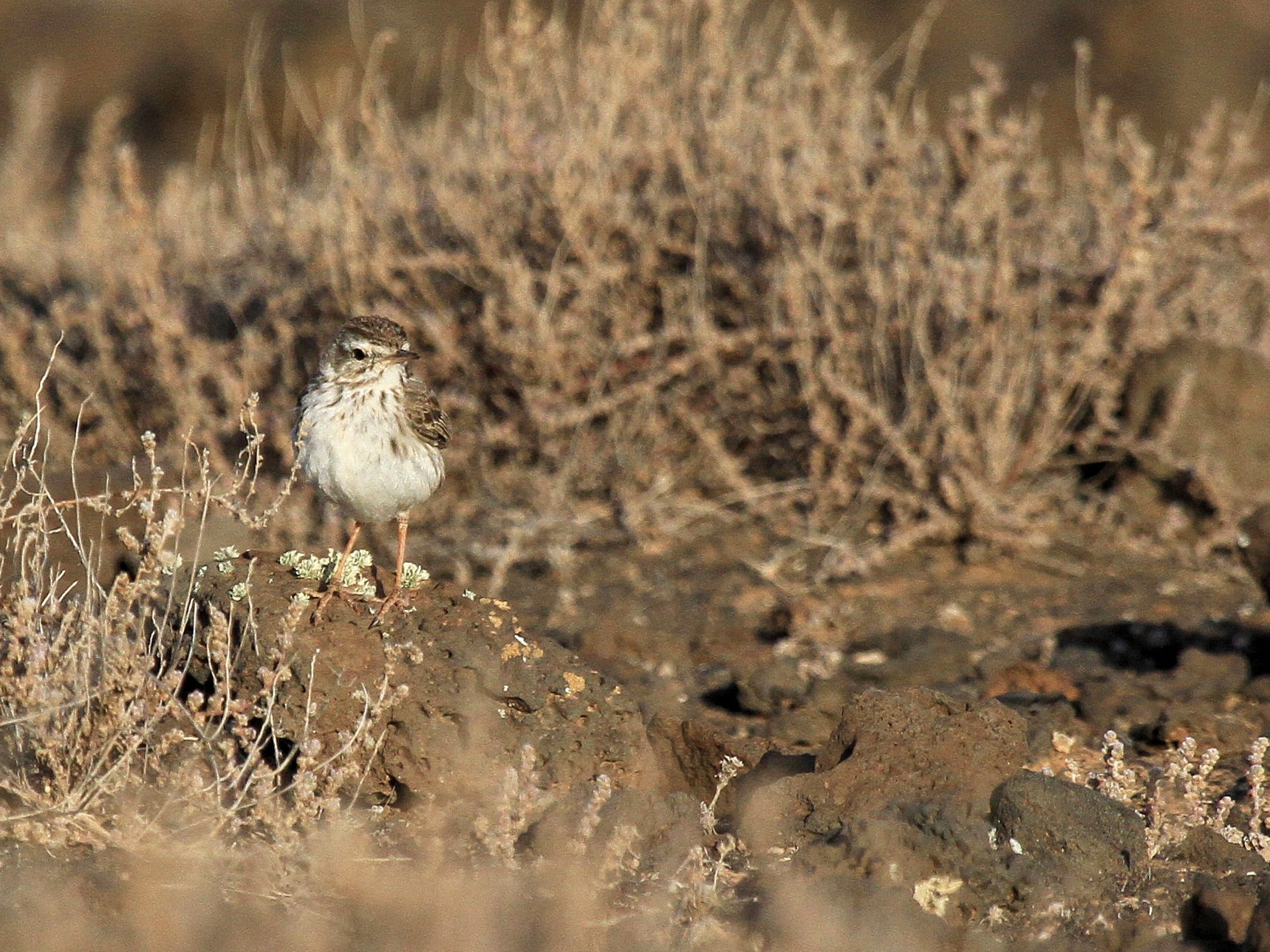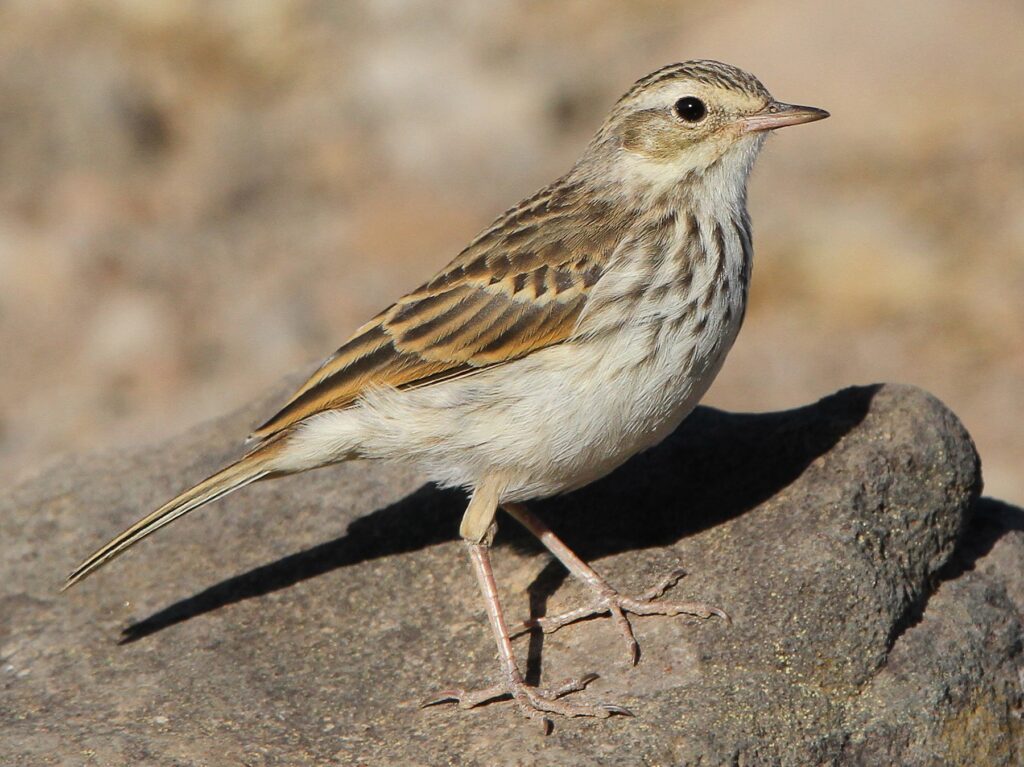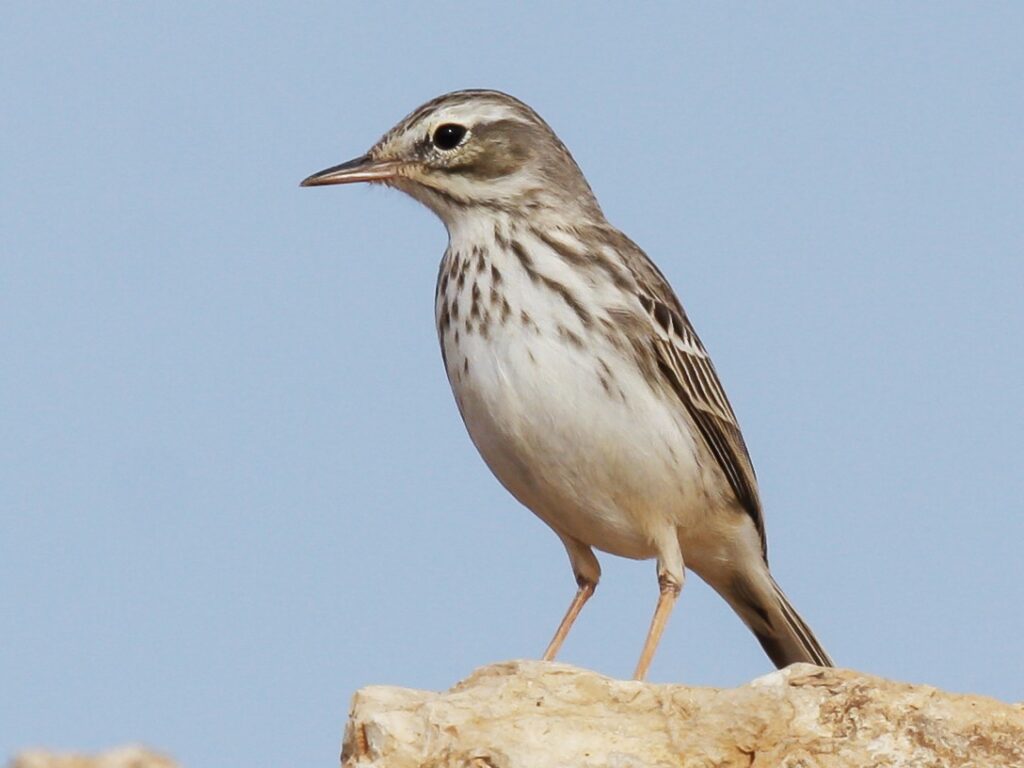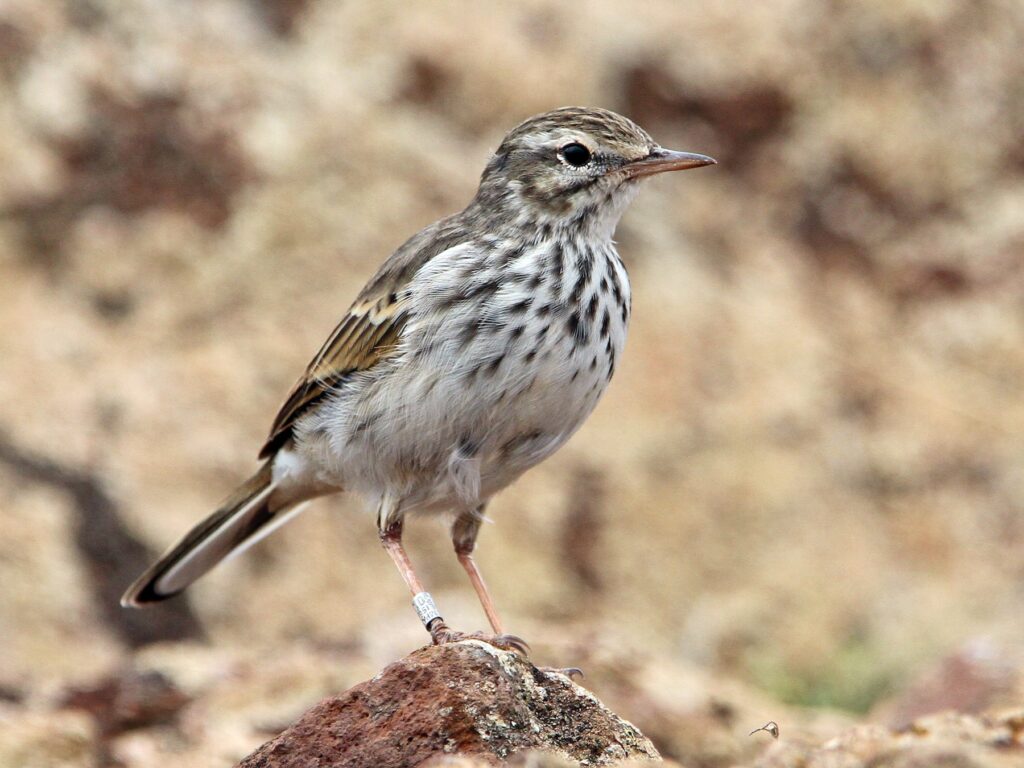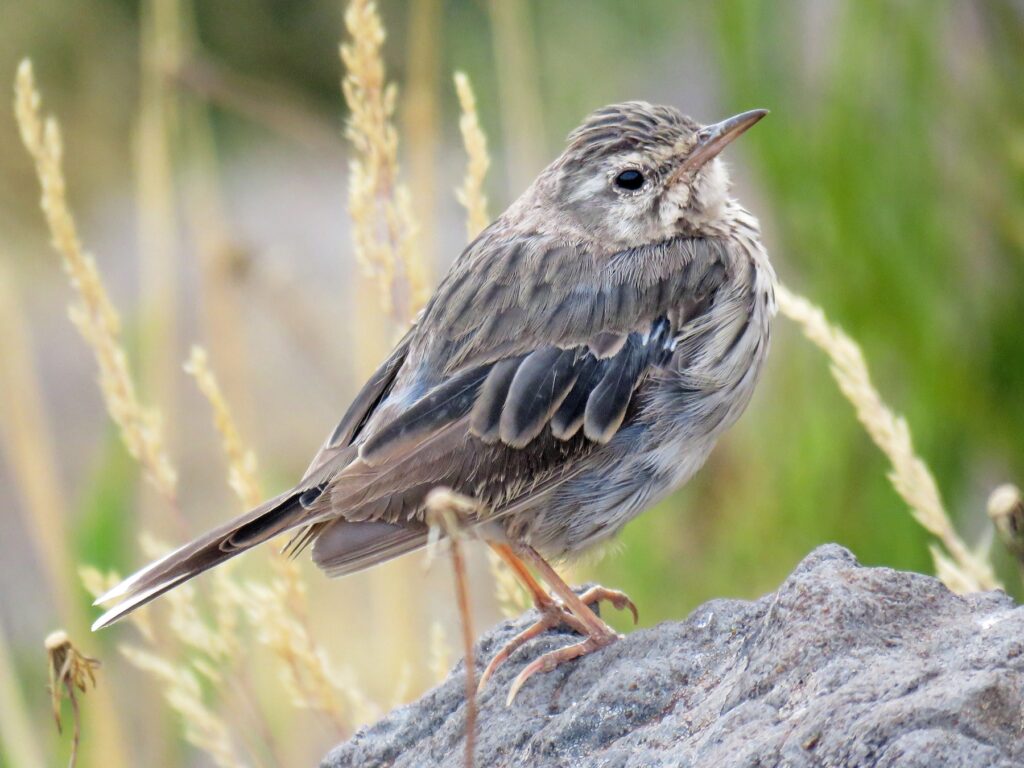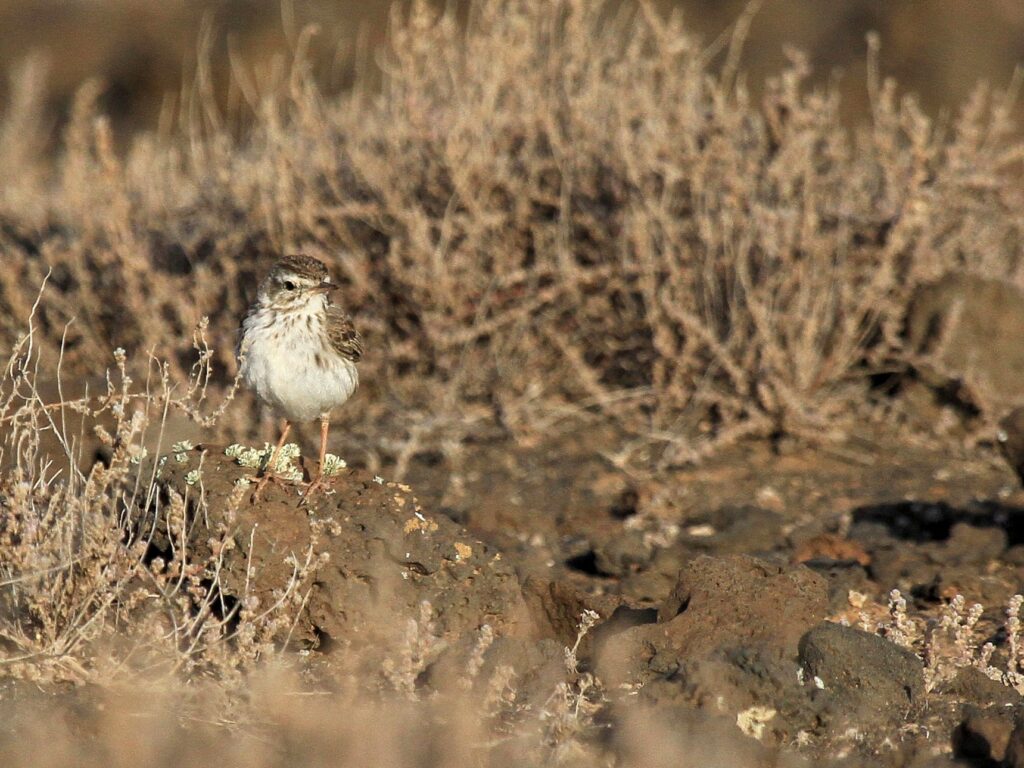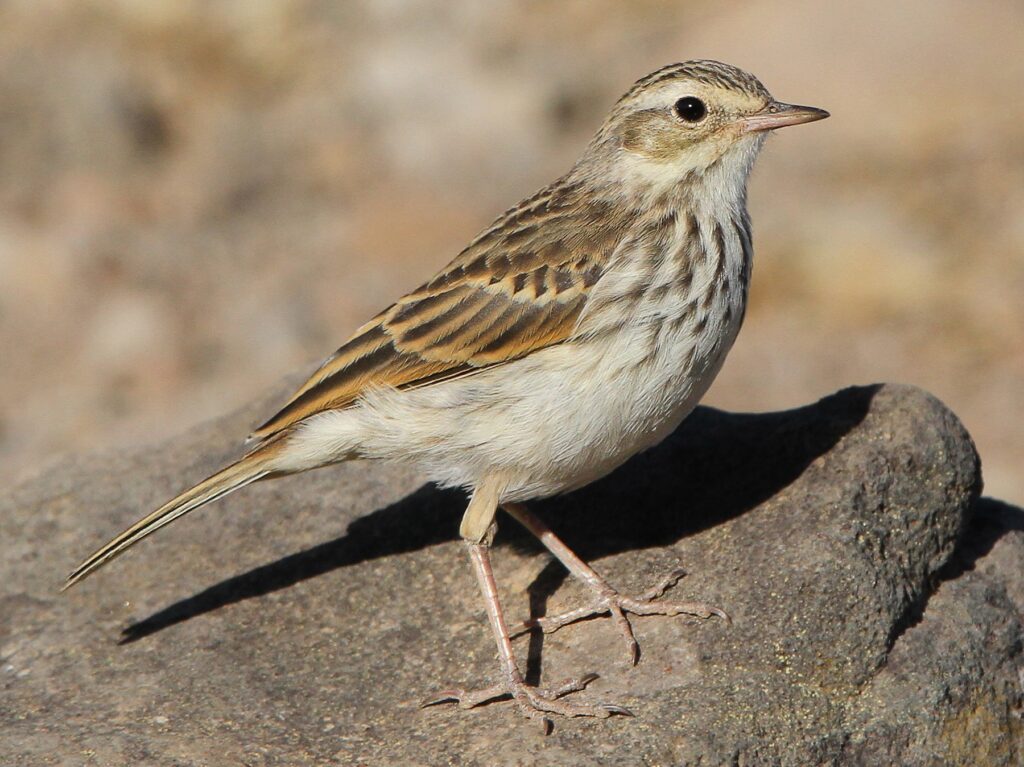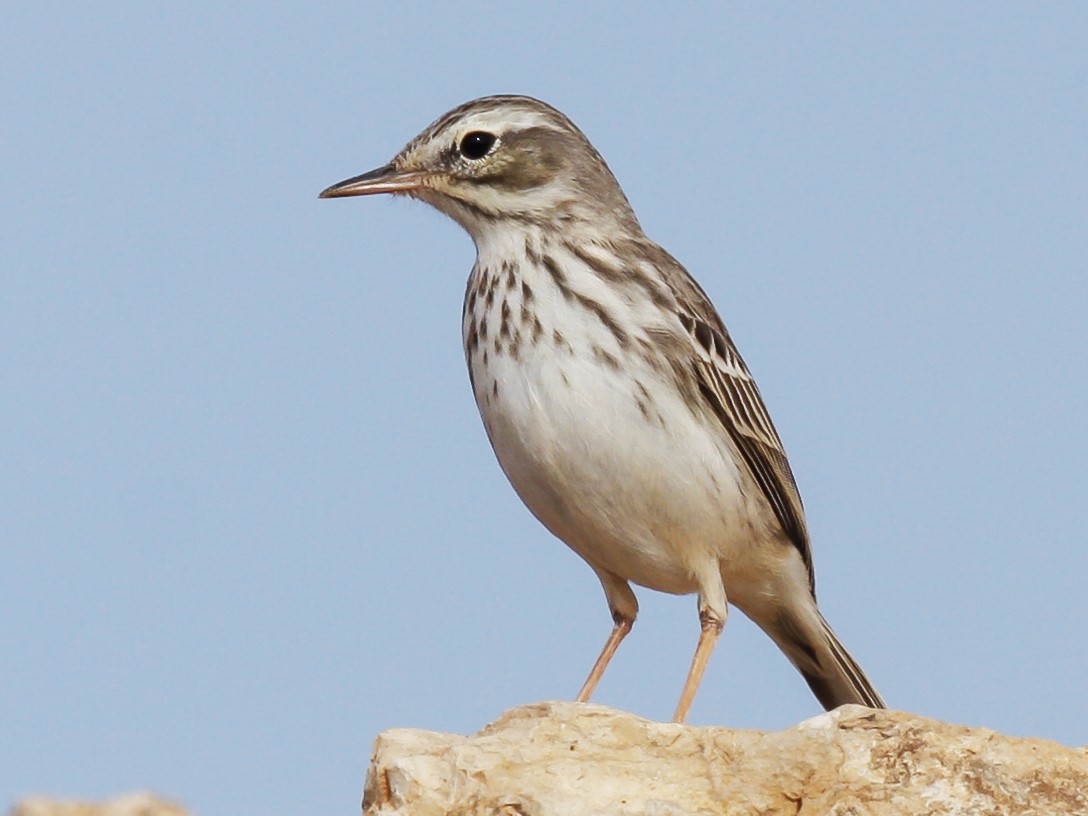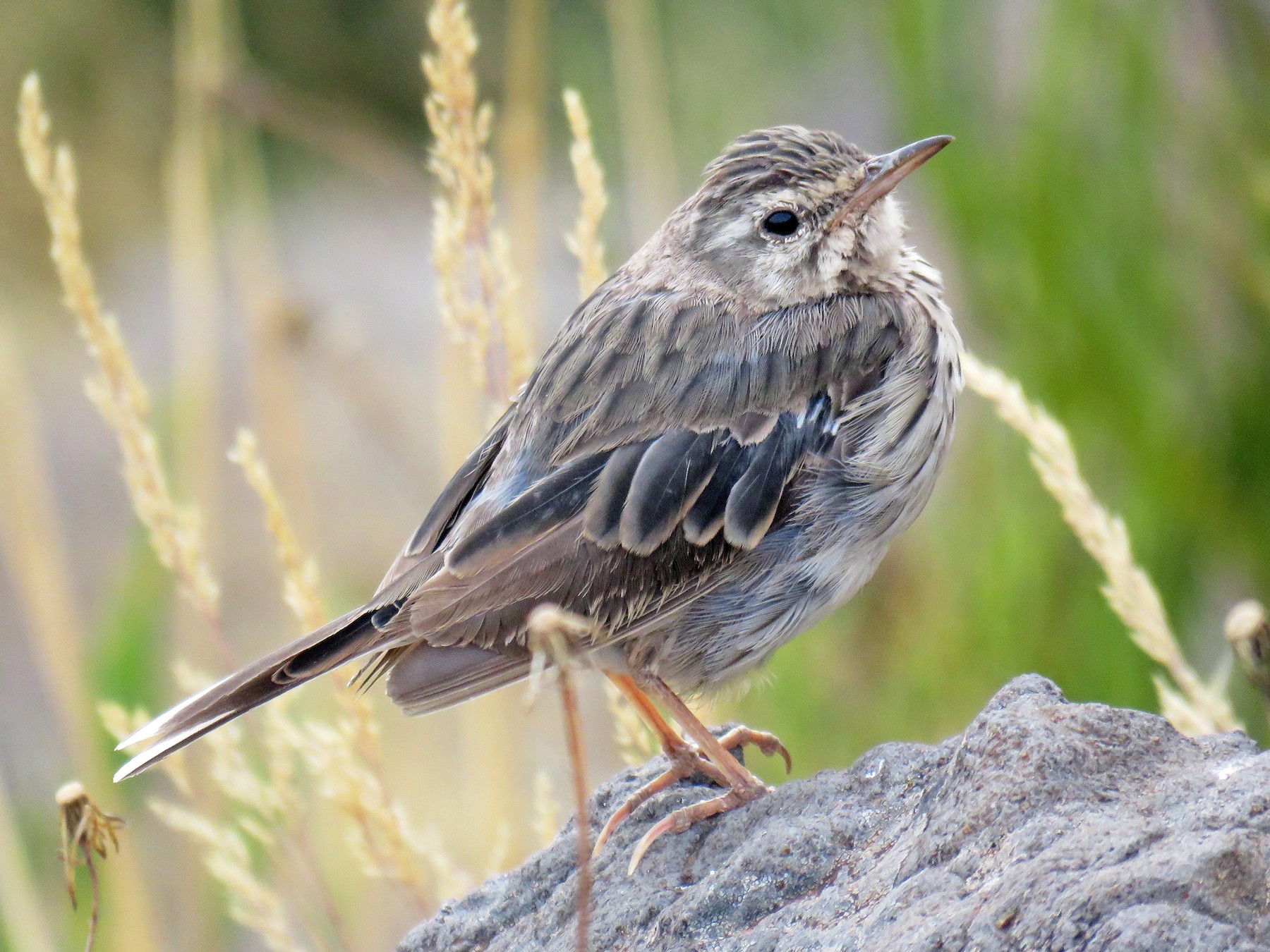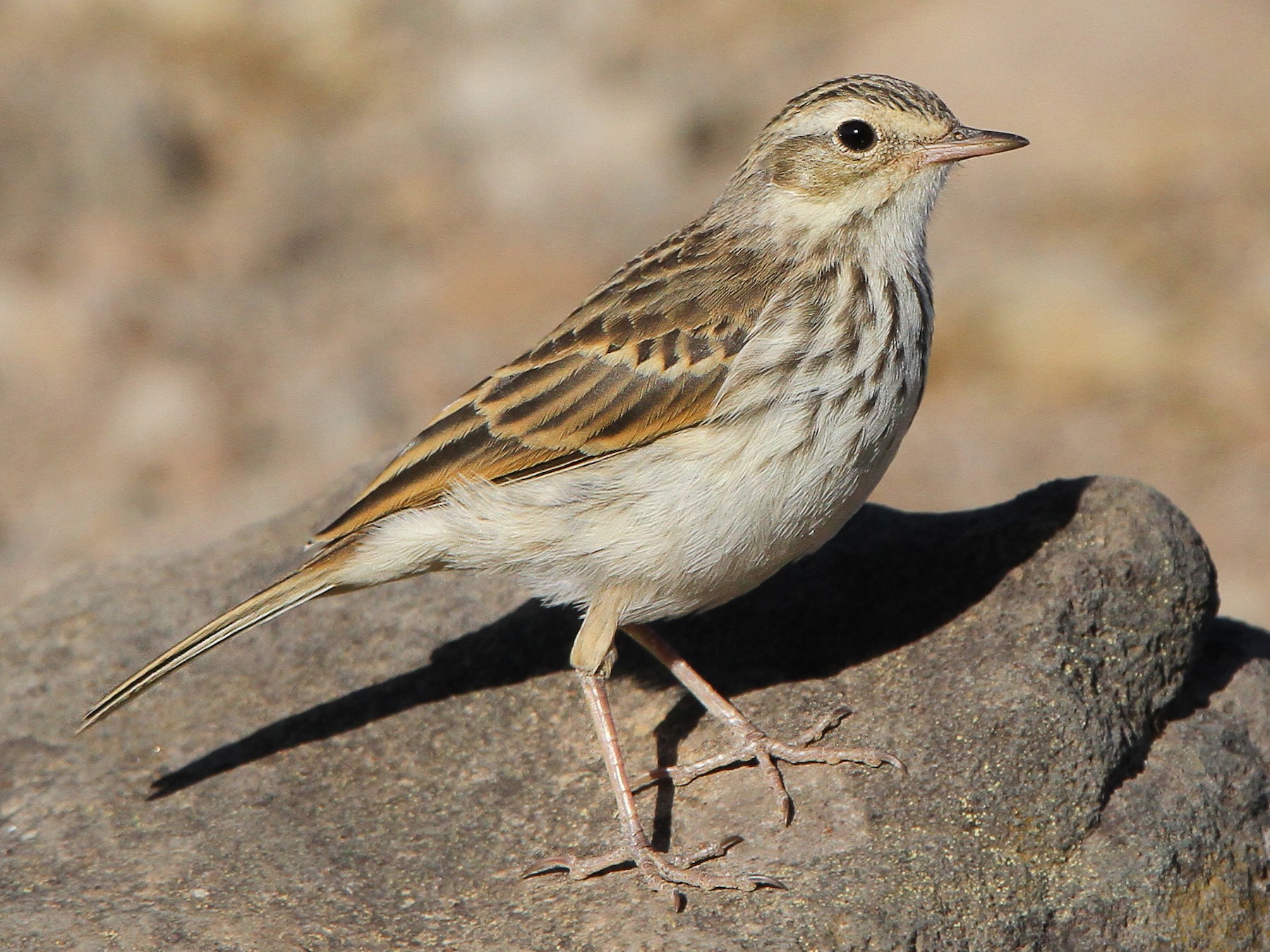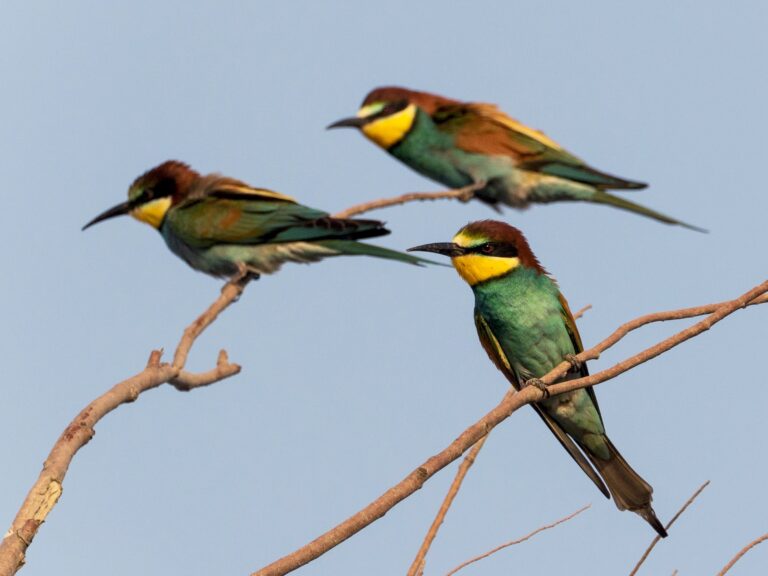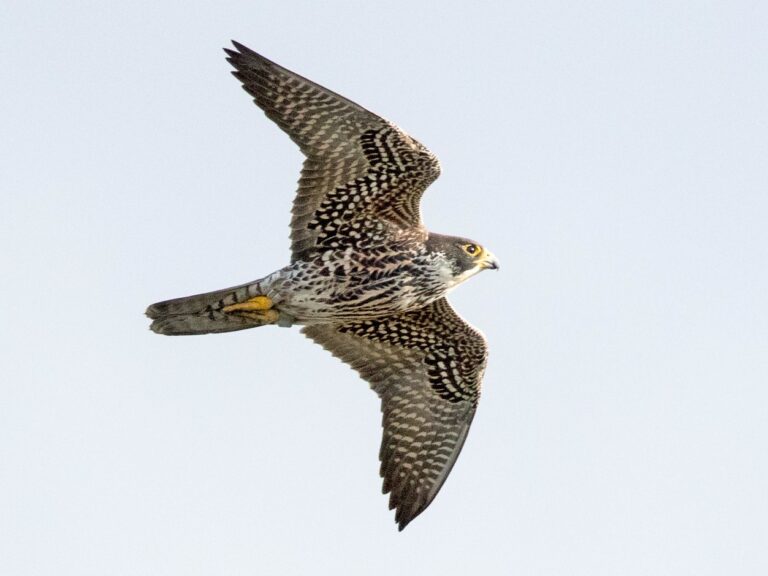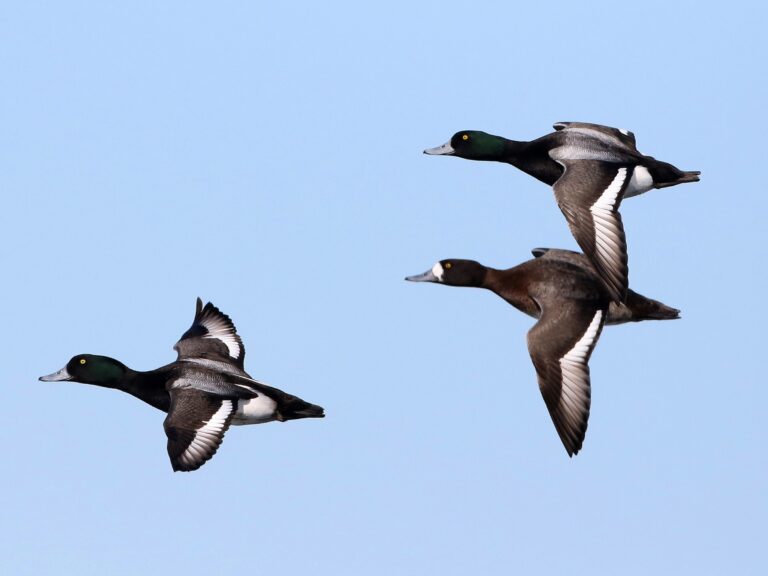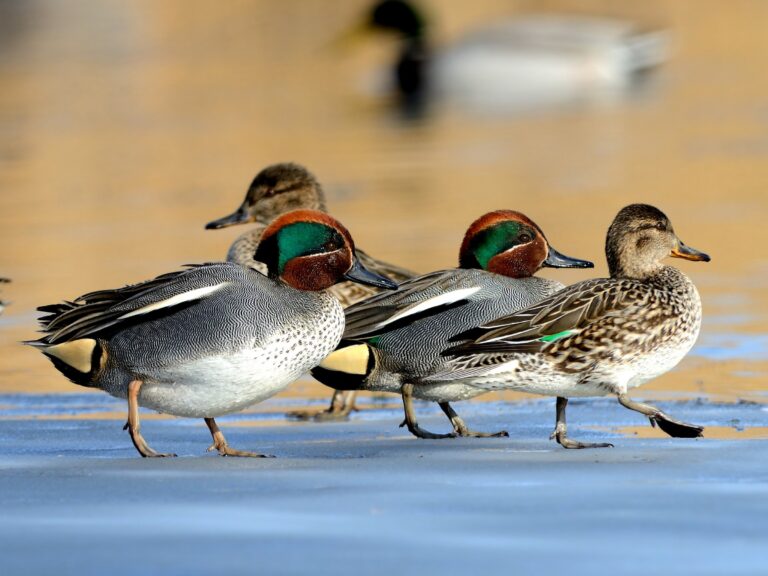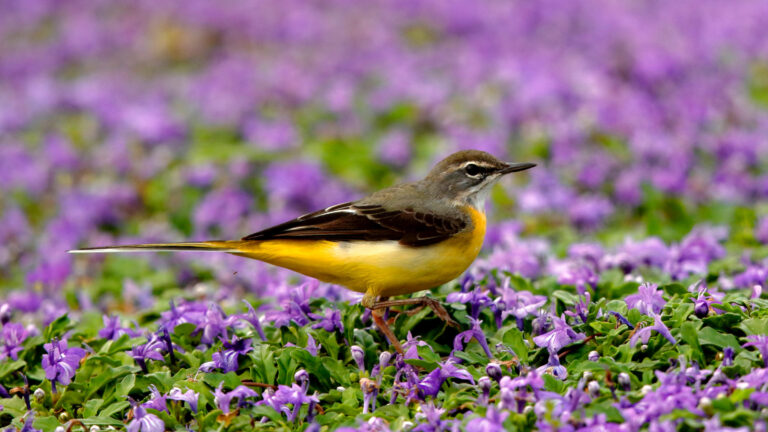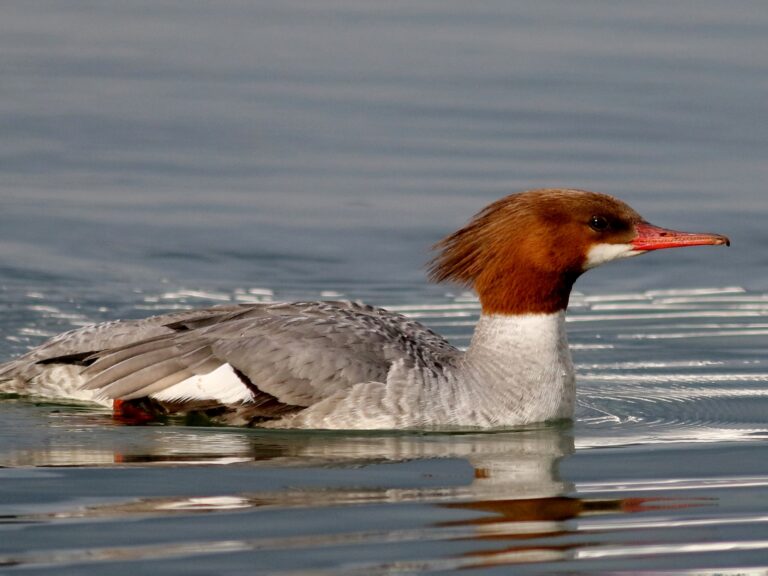Berthelot’s Pipit: Discovering the Enigmatic Avian Gem of the Canary Islands
Berthelot’s Pipit, known scientifically as Anthus berthelotii, is a small bird that has captivated bird watchers and researchers alike. This species is unique to the Canary Islands and Madeira, making it an important part of the region’s ecology. Named after the French naturalist Sabin Berthelot, this bird thrives in semi-arid environments where it demonstrates remarkable adaptability and resilience.
The Berthelot’s Pipit is known for its distinctive vocalizations that add charm to its presence in natural settings. Its calls can be heard throughout its habitat, showcasing a range of sounds that serve various purposes, from attracting mates to establishing territory. These vocal patterns reflect the bird’s behavior and ecology, which are vital for understanding its role in the ecosystem.
Researchers have been keen to study Berthelot’s Pipit to gain insights into its conservation status and the challenges it faces due to habitat loss. Through ongoing research, the hope is to better protect this endemic species and preserve the rich biodiversity of its home islands.
Key Takeaways
- Berthelot’s Pipit is native to the Canary Islands and Madeira.
- It is recognized for its varied vocalizations that enhance its ecological significance.
- Conservation efforts are crucial for protecting this unique species from habitat loss.
Taxonomy and Classification
Berthelot’s Pipit is a member of the Motacillidae family, which includes other pipits and wagtails. The scientific name for Berthelot’s Pipit is Anthus berthelotii. This species has a fascinating classification, with attention to its subspecies and unique vocalizations.
Species Overview
Berthelot’s Pipit (Anthus berthelotii) is primarily found in the Canary Islands, Madeira, and the Azores. This bird is a small, terrestrial species with a streaked appearance, allowing it to blend into its surroundings.
The plumage typically features brown tones with lighter underparts. Berthelot’s Pipit is known for its melodic song that consists of clear, high-pitched notes, often used during courtship displays. This vocalization helps establish territory and attract mates.
Subspecies Differentiation
Berthelot’s Pipit has distinct subspecies that exhibit slight variations. The main subspecies include A. b. berthelotii found in the Canary Islands and A. b. madeirensis located in Madeira.
These subspecies differ primarily in their vocalizations and habitat preferences. The A. b. berthelotii often occupies grasslands and rocky areas, while A. b. madeirensis prefers more densely vegetated regions.
Studying these distinctions is crucial for understanding their ecology and conservation needs. These variations highlight the adaptability of Berthelot’s Pipit across different island ecosystems.
Habitat and Distribution
Berthelot’s Pipit thrives in distinct environments across its range. Its habitats primarily include the Canary Islands and Madeira, where it adapts to open and semi-arid regions. Understanding these specific habitats can provide insights into the bird’s lifestyle and behavior.
Canary Islands Habitats
In the Canary Islands, Berthelot’s Pipit is often found in varied habitats. It inhabits semi-arid zones, coastal areas, and open grasslands. These regions provide the bird with essential resources.
The Canary Islands’ volcanic soil leads to unique vegetation, which supports its feeding habits. The pipit feeds on insects and seeds, primarily foraging on the ground.
Their vocalizations play a key role during mating and territory establishment. The song of Berthelot’s Pipit is simple yet distinct, often consisting of a series of melodic notes that echo across the landscape.
Madeira and Tenerife
On Madeira and Tenerife, Berthelot’s Pipit occupies similar environments to those in the Canary Islands. These areas feature open grasslands and rocky terrains, which serve as ideal nesting sites.
In Tenerife, the species adapts to the harsh conditions, showing resilience in its breeding biology and behavior. The pipit’s presence in these regions is crucial for maintaining local ecosystems.
Its ability to thrive in diverse habitats showcases their adaptability. Vocalization patterns in these areas are essential for communication, particularly during the breeding season.
Grassland Ecosystems
Berthelot’s Pipit is closely associated with grassland ecosystems. These areas provide optimal foraging and nesting opportunities. The rich insect life supports their diet, which consists of seeds and small invertebrates.
In grasslands, the pipits are known for their conspicuous behavior, often seen perching on low vegetation while singing. This visibility is important for attracting mates and establishing territory.
Additionally, their presence in these ecosystems highlights the importance of habitat preservation. Maintaining grassland areas is essential for supporting the survival of Berthelot’s Pipit.
Conservation Status
Berthelot’s Pipit is currently classified as Least Concern (LC) according to the International Union for Conservation of Nature (IUCN). Despite its stable population, several factors can impact its conservation status. This section highlights current population trends and ongoing conservation efforts.
Current Population Trends
The population of Berthelot’s Pipit remains stable across its native range in the Canary Islands. It is estimated that there are about 1,000 to 10,000 mature individuals. The species has adapted well to its environment, thriving in semi-arid scrub habitats.
However, habitat destruction poses a risk. Agricultural expansion and urban development threaten the pipit’s breeding grounds. Additionally, climate change could affect its food sources and nesting sites. Monitoring is crucial for understanding potential impacts on their populations.
Conservation Efforts
Several initiatives aim to protect Berthelot’s Pipit and its habitat. Conservation organizations have developed programs focused on habitat restoration. These efforts include replanting native vegetation and removing invasive species.
Public awareness campaigns educate local communities about the importance of preserving this unique bird. Legal protections also safeguard its habitats from further development. Researchers continue to study its vocalizations, which are distinctive and play a role in territory defense and mating.
Efforts to track population dynamics through banding and monitoring are in place. Protecting this bird is essential for maintaining biodiversity in its ecosystem.
Behavior and Ecology
Berthelot’s Pipit displays distinct feeding habits and breeding behaviors in its grassland habitats. Understanding these aspects is essential for appreciating how this bird interacts with its environment.
Feeding Habits
Berthelot’s Pipit primarily forages on the ground. The bird searches for insects, seeds, and small invertebrates, making the most of its grassland habitat. Its diet is influenced by seasonal availability, with a shift to seeds during certain times of the year.
The bird uses a variety of foraging techniques, including hopping and walking through the grass to spot food. It may also engage in gleaning, picking food items from the surface. Vocalizations are an important part of its behavior during feeding. The pipit often calls while foraging, using a range of notes to communicate with others in the area.
Breeding and Reproduction
Berthelot’s Pipit typically nests on the ground, often in grassy areas that provide cover. The female builds the nest, using grass and other plant materials. This ensures protection from predators while rearing chicks.
Breeding season usually occurs in spring. The female lays a clutch of 3 to 5 eggs, which she incubates for about 12 to 14 days. After hatching, both parents are involved in feeding the chicks. The young fledge approximately 2 weeks after hatching but continue to depend on their parents for food for some time.
The vocalizations of Berthelot’s Pipit play a crucial role during the breeding season, as males call to defend territory and attract females. Their song is a series of melodic notes that carry well in their open habitats, making it vital for mate selection.
Visual and Audio Identification
Berthelot’s Pipit is a distinctive bird, easy to recognize by its physical traits and unique vocalizations. This identification is essential for birdwatchers and researchers alike.
Physical Characteristics
Berthelot’s Pipit displays a range of physical characteristics that help distinguish it from similar species. It typically has a brown, streaked body with a lighter underside. The wings are relatively short and pointed, aiding in its agile flight.
This species measures about 15 to 17 cm in length, closely resembling the meadow pipit and yellow wagtail in terms of size but differing in coloration and markings. The legs are long and slender, adapted for its ground-feeding habits, while the tail is short and square. Key identification markers include a faintly marked face and a pronounced white eye stripe.
Vocalizations and Calls
The vocalizations of Berthelot’s Pipit are notable for their clarity and distinctiveness. Males often sing during the breeding season, producing a series of melodic, high-pitched notes that create a charming soundscape.
Their song is typically a repetitive phrase, resembling that of the meadow pipit, yet it has a unique quality. Calls include a sharp “tsik” sound, helpful in the field for identifying this species. Recordings of Berthelot’s Pipit can be found in various bird sound archives, showcasing the variety found in their vocal repertoire.
Bird watchers often find that recognizing both appearance and sound helps them distinguish Berthelot’s Pipit from other similar species like the yellow wagtail.
Usage and Media
Berthelot’s Pipit has significant importance in both rights-managed media and wildlife observation. The usage of images and recordings of this bird demands an understanding of specific licensing types. Furthermore, its unique vocalizations offer valuable content for media production.
Rights and Licensing
The images and audio recordings of Berthelot’s Pipit often fall under rights-managed licensing. This means they can have restrictions on use depending on the intended purpose.
For instance, some media may be labeled as editorial only, which restricts use to educational or news purposes. Others may be labeled as commercial only, allowing for use in advertisements or marketing campaigns. Creators should verify the licensing conditions before downloading or using any media.
Various platforms and stock photo websites provide these options, so it is crucial for users to read the licensing agreements carefully to avoid any usage violations.
Photography and Observation
Photography of Berthelot’s Pipit is a rewarding experience, especially given its captivating appearance and vocalizations. This species is often found in its native habitat in the Canary Islands. Observers should be aware that it prefers grasslands and open areas.
The bird is known for its melodious song, often heard while perched on low vegetation. Those interested in capturing audio should maintain a respectful distance not to disturb the bird.
Many photographers also share their work on platforms that focus on wildlife photography, with some images available for commercial and editorial use. Observers can take advantage of peak activity times, such as dawn and dusk, to enhance their chances of witnessing this intriguing bird in action.
Frequently Asked Questions
Berthelot’s Pipit has many interesting aspects related to its habitat, identification, vocalizations, breeding behavior, and conservation status. This section addresses common questions about the species and provides clear insights into its characteristics.
What is the typical habitat of Berthelot’s Pipit?
Berthelot’s Pipit typically inhabits open, grassy areas, often near coastlines. It can be found in fields, edges of agricultural lands, and slopes with sparse vegetation. These settings allow the bird to forage effectively for insects and seeds.
How can one identify Berthelot’s Pipit among other pipit species?
Identification of Berthelot’s Pipit can be achieved through careful observation of its size and coloration. It has a distinctive brownish plumage with streaks on the back and a pale underbelly. The bird’s relatively short legs and long tail differentiate it from similar species.
What are the distinctive vocalizations of Berthelot’s Pipit?
Berthelot’s Pipit is known for its melodic and high-pitched calls. These vocalizations typically include a series of short notes, which can be heard during courtship displays. Listening for these unique sounds can help in identifying the species in its natural habitat.
What is the usual breeding behavior of Berthelot’s Pipit?
During breeding season, Berthelot’s Pipit engages in elaborate courtship displays, where males sing to attract females. They build nests in sheltered spots among grasses and low shrubs. Clutch sizes usually range from three to five eggs, which both parents help to incubate.
Can Berthelot’s Pipit be found outside its usual habitats, and if so, where?
While Berthelot’s Pipit prefers its typical habitats, it has been observed in urban areas where green spaces exist. Occasionally, individuals may wander into adjacent environments, but they tend to return to their preferred open grasslands.
What conservation status is currently assigned to Berthelot’s Pipit?
Berthelot’s Pipit is currently evaluated as a species of Least Concern. However, its populations can be affected by habitat loss and environmental changes. Continued monitoring is essential to ensure that this species remains stable in its natural habitats.
